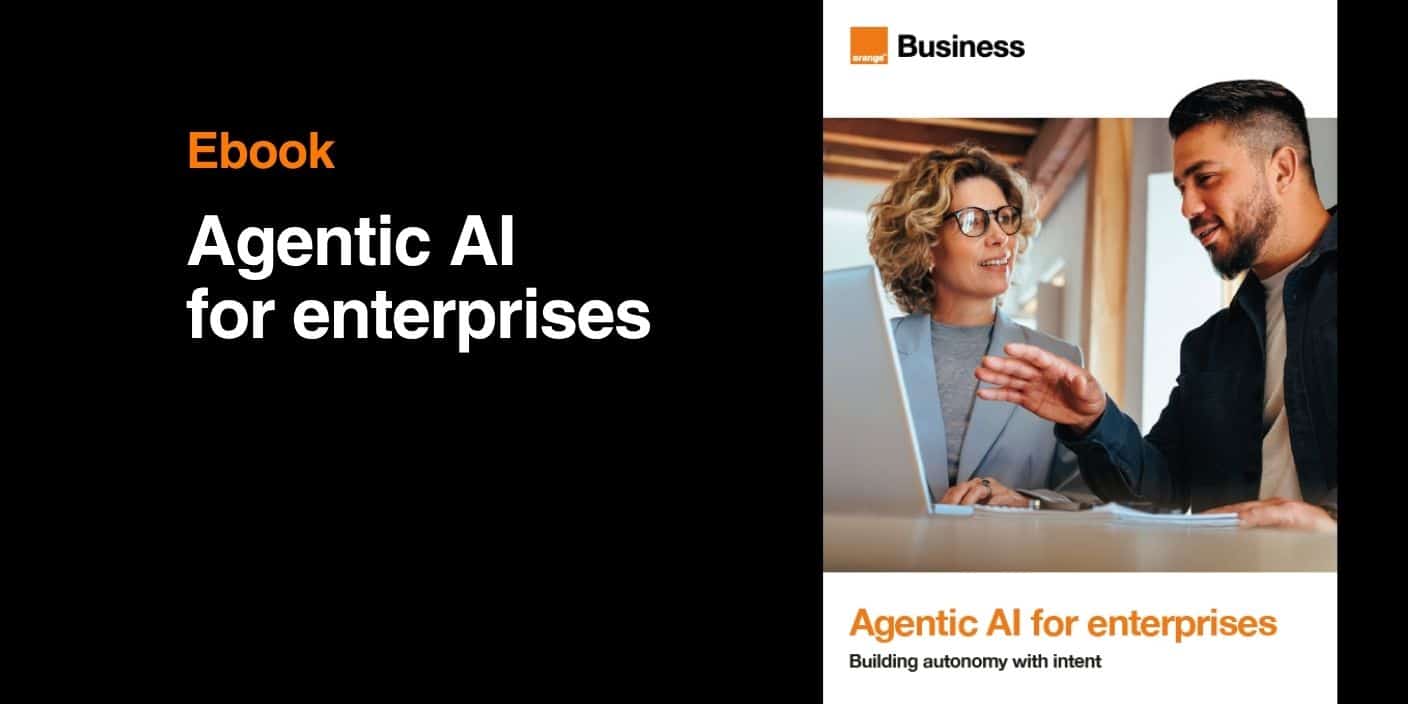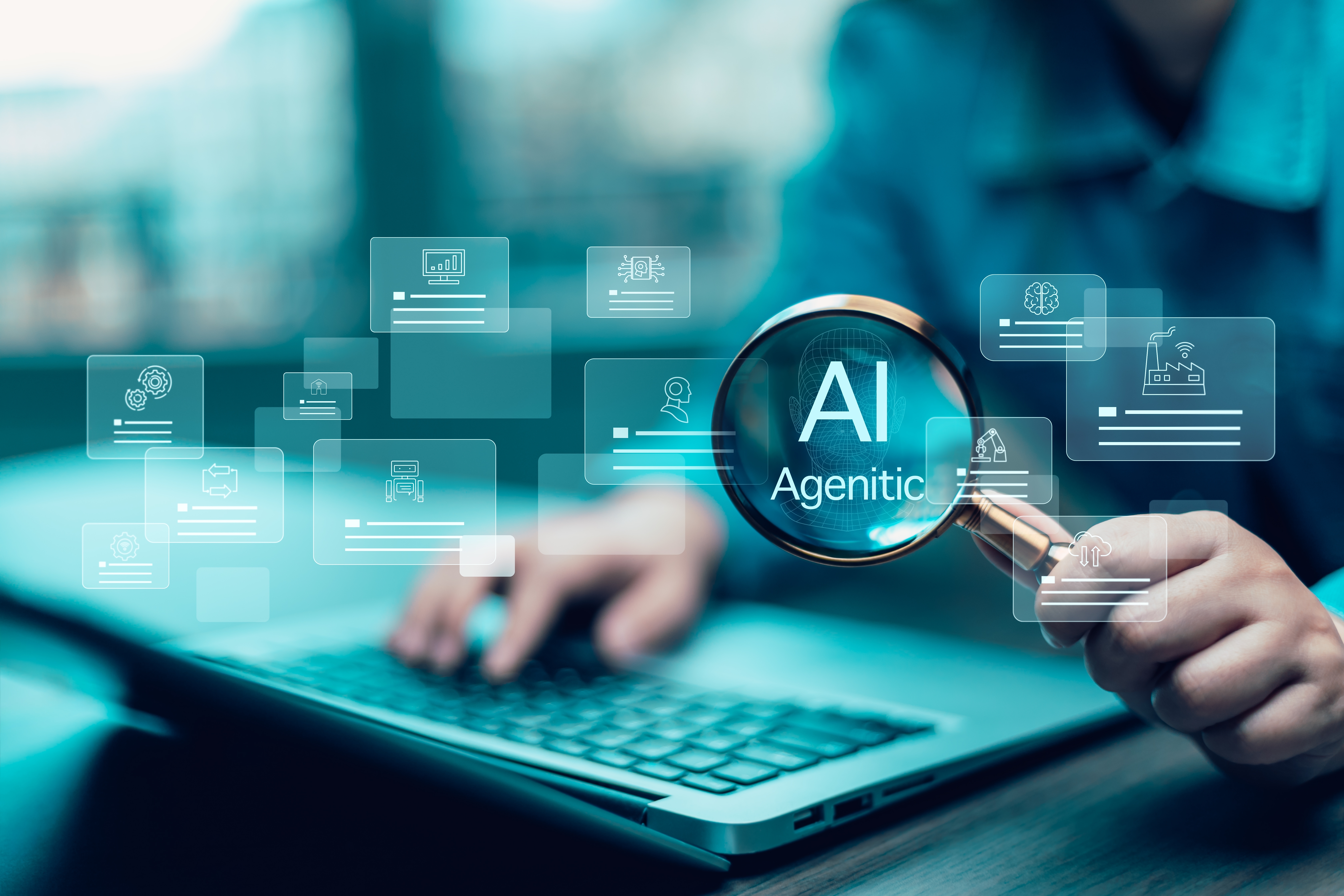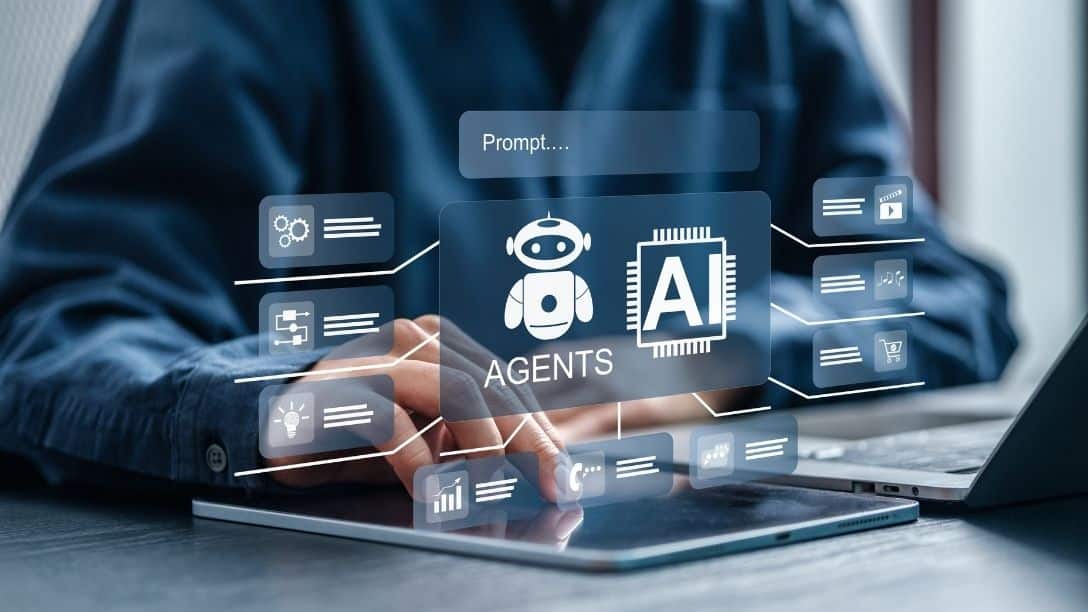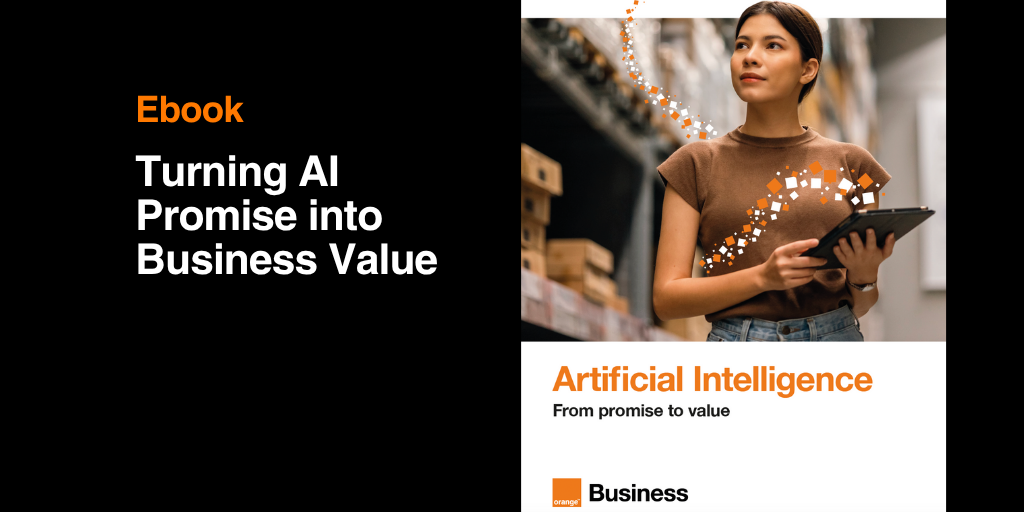Generative AI made a dramatic entrance into the mainstream with the rise of ChatGPT. But beyond the buzz and media fascination, it is now time to seriously consider how these tools can be integrated into businesses. As with any major innovation, early adopters will gain a competitive edge. And here, the real game-changer lies in the use cases that organizations can develop with generative AI.
So, what can companies actually do with generative AI? Which use cases should they pursue? Which projects and business functions should be prioritized? Here’s an overview of the most relevant use cases and a practical guide to getting started.

What are the core technologies behind generative AI?
See moreBeneath the media buzz, the real gold lies in generative AI use cases
To integrate generative AI effectively into the enterprise, the focus must quickly shift to use cases and to finding inspiration.
With generative AI, three main families of use cases stand out:
- Content generation: emails, marketing messages, documents, contracts, software code…
- Document intelligence: summarizing documents or entire corpora, analyzing complex content, reformulating, translating…
- Interaction: chatbots, real-time dialogue, and interactive content experiences…
The 3 main families of use cases:
📌 Content generation
📌 Document intelligence
📌 Interaction
From generic to ultra-specific use cases: imagination and data as the only limits
Some use cases won’t need to be developed in-house. Office and collaboration suite vendors, as well as software development and digital marketing providers, are already embedding generative features into their tools. Meeting minutes and action plans, personalized email drafts, or automated responses to customer queries will soon be seamlessly integrated into day-to-day applications.
But to gain a competitive edge and unlock the full value of these technologies, companies will need to go beyond these “generic” use cases. The real advantage lies in tailoring generative AI to their own business by building custom models and applications on top of their proprietary knowledge base. Imagine a ChatGPT that knows your products, your clients, your organization, your terminology, even your acronyms.
What advanced generative AI use cases can businesses explore?
To spark inspiration, here’s a non-exhaustive overview of advanced applications for enterprises. According to Gartner, conversational AI alone will reduce contact center labor costs by $80 billion by 2026.
Generative AI for product marketing
The possibilities are vast. In retail, generative AI can be used to automatically create product descriptions, either from a basic text prompt or directly from a product photo. When thousands of product sheets need to be written and optimized for sales, such tools will dramatically boost marketing team productivity. Integrated with a PIM (Product Information Management) or the company’s product database, generative AI can optimize the entire product lifecycle.
This type of use case, already deployed in retail and e-commerce, will quickly spread to other industries. In real estate, for example, generative AI could help draft property listings that not only reflect the asset’s characteristics but also highlight its surroundings (shops, schools, public transport) information not always readily available to geographically dispersed sales teams.
Generative AI for communication and advertising
Some companies are already experimenting with generative AI to create advertising visuals. Lingerie brand Undiz, a subsidiary of the Etam group, used Midjourney and Stable Diffusion to reinvent its creative process by blending traditional methods with generative AI. The result: a mix of AI and classic approaches (photography and Photoshop retouching) that allowed the brand to produce a campaign that would have been impossible under conventional budget and scheduling constraints.
Generative AI is also set to become an indispensable companion for communication teams, fueling creativity, enabling new ways of working, and serving as an assistant…
Generative AI for customer service
To imagine innovative uses of generative AI, it helps to revisit past machine learning projects and enhance them with today’s models. In recent years, our consultants have developed algorithms to categorize the flood of emails reaching company customer service departments. Based on NLP (Natural Language Processing), these algorithms routed messages to the right contact and identified the action required. The value of this type of AI was already proven, providing strong benefits to the companies that adopted it.
Now, generative AI takes this one step further. Beyond categorization and routing, it can provide the customer service agent with a summary of the email and the customer’s interaction history. Sentiment analysis can also be added. Finally, the agent may receive suggestions for personalized, contextualized responses. The result: a greatly simplified workflow, substantial time savings, and a boost in efficiency—critical for many contact centers.
In voice-based contact centers, we can even imagine conversations being transcribed into text for analysis, response generation, and then voice synthesis back to the customer. Automated sentiment analysis of the client’s mood could also become part of the process. In short, generative AI use cases for contact centers and call centers are numerous, and this is likely the function that will benefit the fastest from these tools.
Generative AI for customer and user experience
Generative AI can process different formats (text or voice) to analyze data corpora and interact naturally with users. This opens the door to chatbots and voicebots that meet rising customer expectations. Their conversational capabilities promise leaps in quality and usability compared with previous generations of technology. Gartner even predicts that conversational AI will reduce contact center labor costs by $80 billion by 2026.
Generative AI for legal services
Functions requiring large volumes of documentation will also benefit, particularly legal departments. Lawyers and legal experts must constantly analyze and produce large amounts of content. With dozens of new laws, regulations, and rulings each year, some very long and complex, keeping up is a challenge.
Generative AI can help by allowing teams to interact with documents via a chatbot, as though directly dialoguing with a law, annex, or related regulation. Context from the case at hand can also be cross-checked with current laws to spot weaknesses or strengthen a document. A new legal case could even be submitted to the AI for analysis, drawing on all available legislation and jurisprudence.
Generative AI for contract management
Based on business rules or complex regulations, contracts can be analyzed by AI to detect non-compliance issues. Conversely, predefined rules can allow the AI to generate compliant contracts natively. Similar methods could be used to draft patents (at least in skeleton form) or to analyze calls for tenders and generate tailored commercial proposals.
Generative AI for risk analysis
Document analysis also applies to market research in finance or insurance contracts. AI supports human analysts by identifying contractual components that could generate risk.
Generative AI for pharmacovigilance and R&D
The healthcare sector, heavily regulated and documentation-heavy, is another area where generative AI can make a difference. Hundreds of studies are published each year, far too many for researchers to examine individually. Our consultants have already built ML-based solutions to categorize these studies, triaging them by relevance, level of risk, or research scope.
Generative AI goes further by summarizing studies, highlighting points of convergence and divergence, and surfacing the most critical passages.
This typology of use cases applies across any domain requiring large-scale document processing: law, environmental and energy transition, highly technical industries… In all these contexts, knowledge bases are vast, dynamic, and complex to synthesize, precisely where generative AI proves most useful.
Generative AI: time to accelerate?
All these use cases must be deployed with caution. AI cannot work alone—the risks of “hallucination” and error are too great. That’s why, across all functions (and many more), generative AI will serve as a copilot, an advisor, or a sparring partner for users, helping increase productivity and test new approaches.
Our consultants are here to train, advise, and help you develop the most impactful uses of artificial intelligence for your business. At Orange Business, we support AI strategies and initiatives end-to-end. Contact us!
👉 And you—what other use cases could your company develop with generative AI? Tell us in the comments.















Comments (0)
Your email address is only used by Business & Decision, the controller, to process your request and to send any Business & Decision communication related to your request only. Learn more about managing your data and your rights.